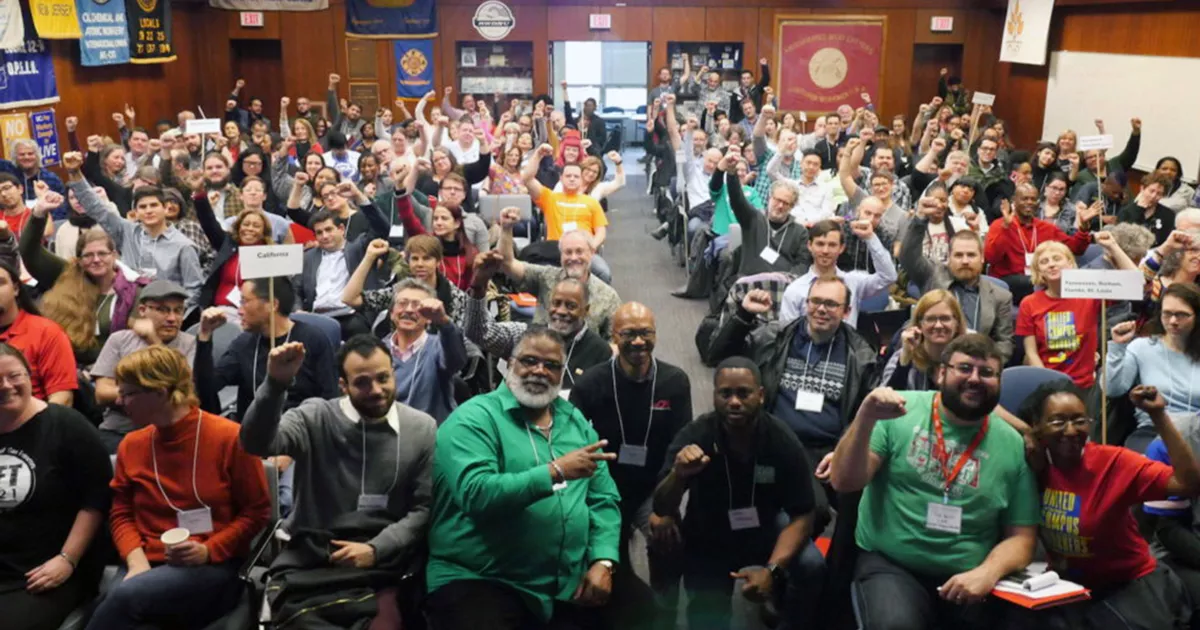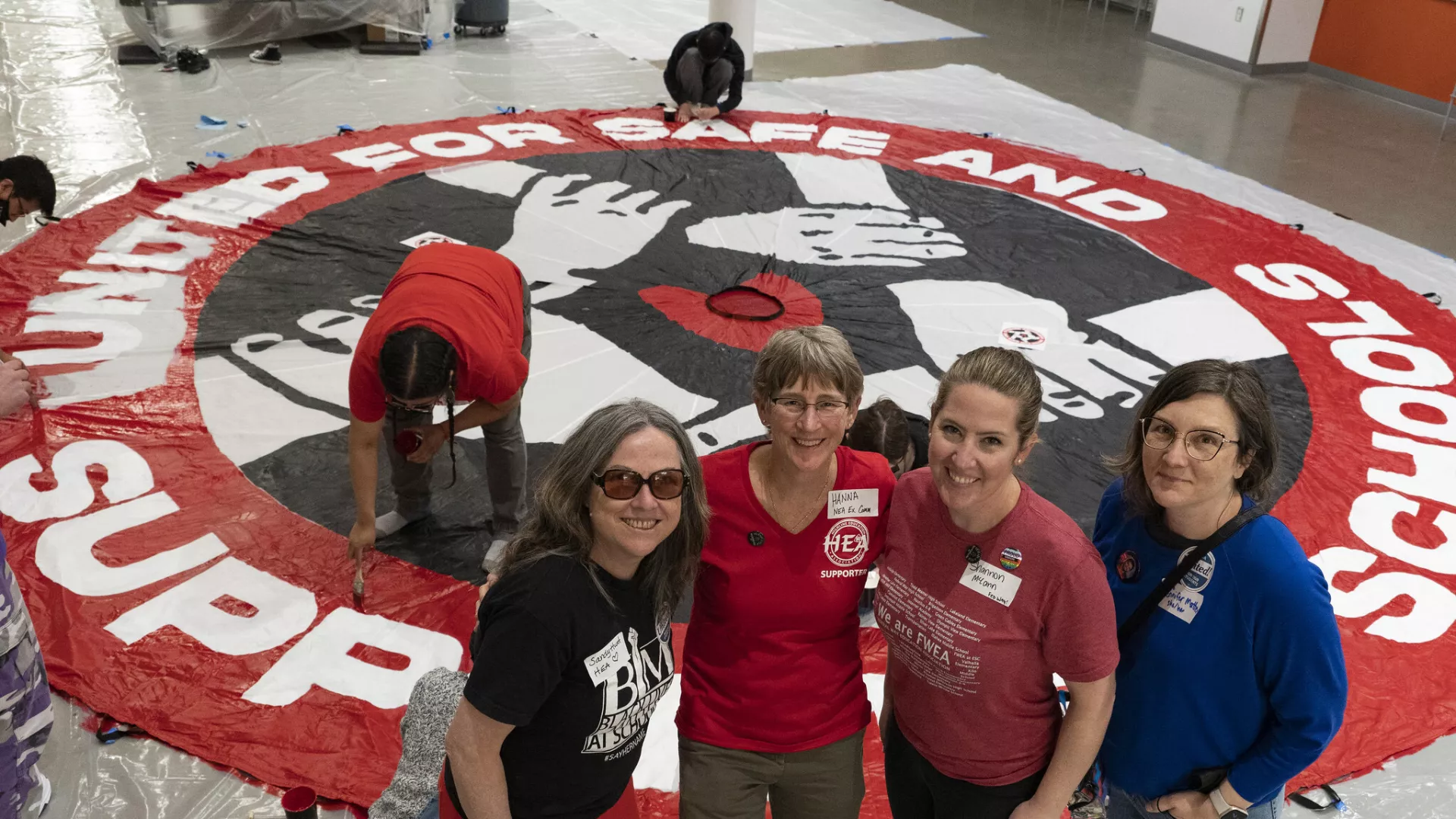Collective bargaining is a process through which the union and employer exchange proposals, share ideas, mutually solve problems, and reach a written agreement.
Most times, bargaining occurs when an existing contract is going to expire. But sometimes, a local will be negotiating a first contract after organizing a new bargaining unit. Both sides form bargaining teams and gather information.
The resulting approved contract legally binds both parties. Each round of successor negotiations allows the parties to revisit existing agreements.
While there are many local variations, here is how the collective bargaining process commonly unfolds in public education.

